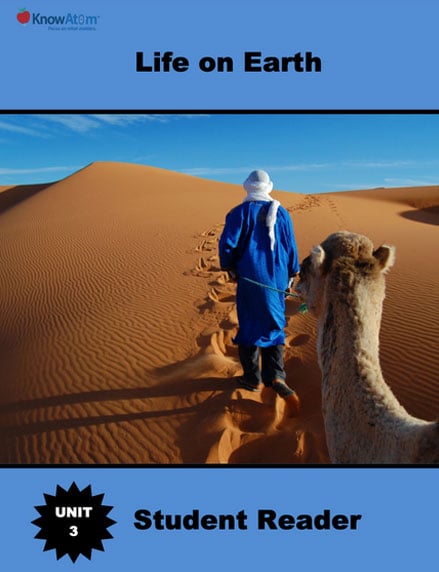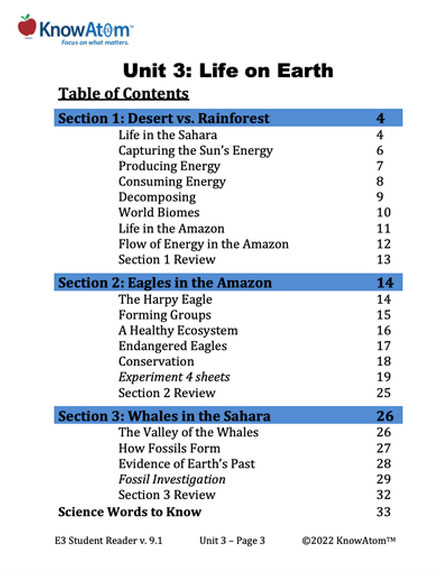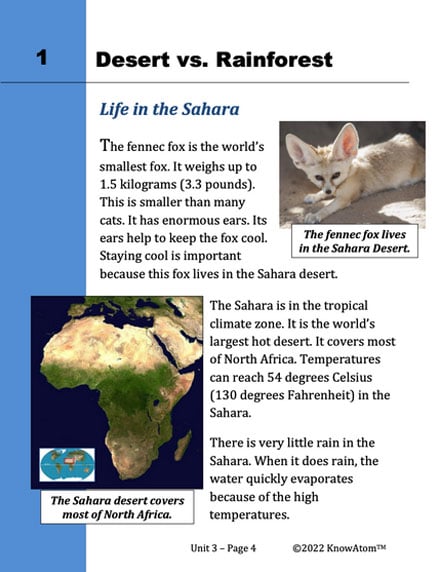Biome : a specific geographic area with a particular climate that supports different kinds of organisms
Consumer : an organism that eats other organisms
Decomposer : an organism that breaks down organic material and feeds on the nutrients
Ecosystem : a community of different organisms that depend on interacting with each other and their physical environment for survival
Energy : the ability to do work (move an object, heat up an object, charge an object, etc.)
Food Chain: the path that energy travels as one organism eats another
Food Web: a visual that shows the network of food chains in an ecosystem
Forest : an area of land covered by trees
Photosynthesis : the process of turning sunlight, carbon dioxide, and water into glucose and oxygen
Producer : an organism that captures energy from sunlight through a process called photosynthesis





.png?width=332&height=395&name=Screenshot%20(14).png)


